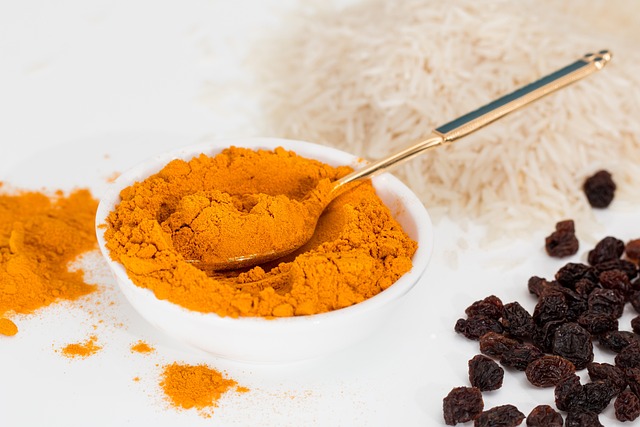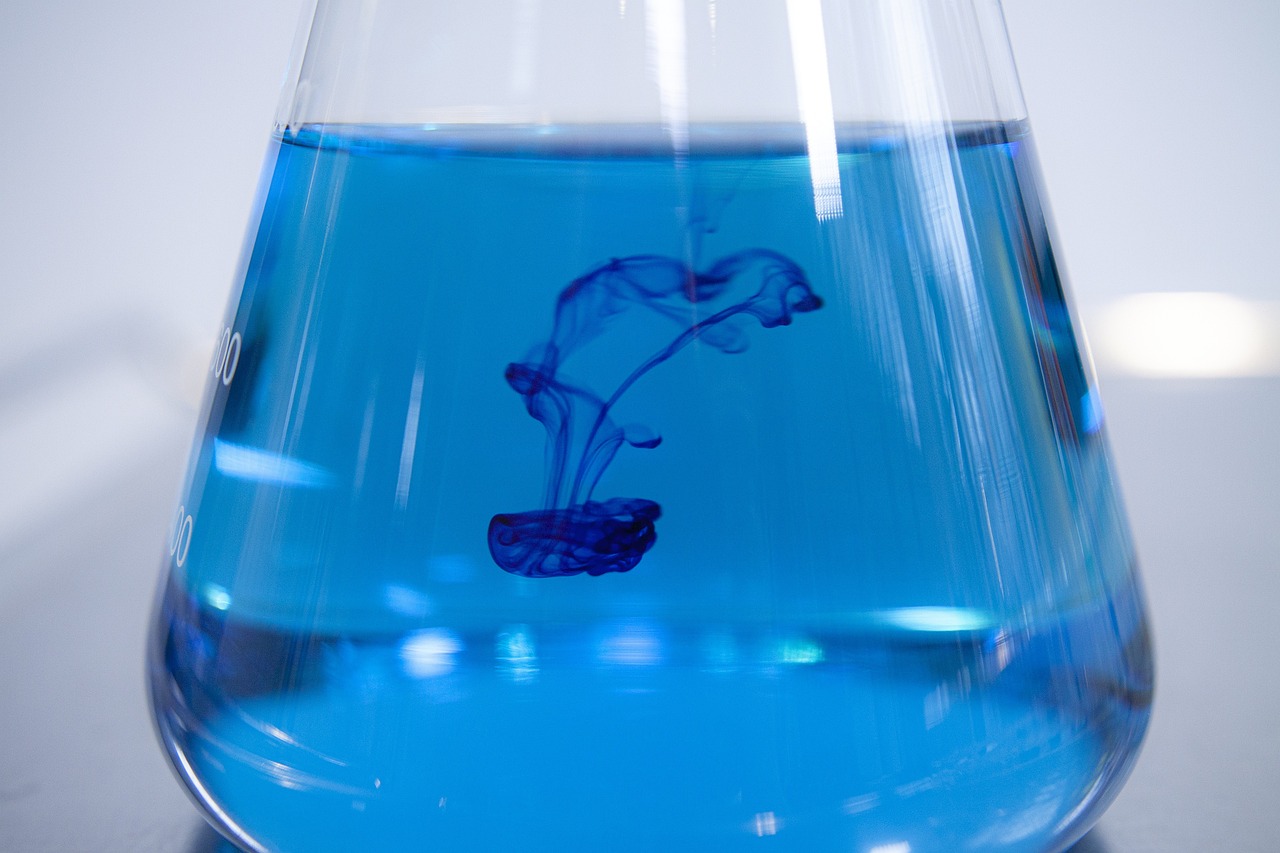Regular maintenance and replacing failing parts are the only ways to get more riding fun out of your ATV. Different machines fare differently here. But common to all ATVs, UTVs and side-by-sides is regular drive belt replacement. In most quad bikes, the part transfers engine power through the axles and wheels through a Constant Velocity Transmission or CVT. The setup allows the engine to maintain optimal revs at any load, regardless of whether you’re slugging leisurely through trials, negotiating steep climbs or towing heavy loads.
With engines belting out more horsepower and torque, and machines getting bigger and heavier, the belt is the first component to feel the crunch of huge loads, high rotational speeds, and generated heat. These are the main reasons that damage, deform, melt or shred ATV drive belts to pieces. Of course, how hard you’re on the throttle and incorrect gearing in technical terrain also matter. With that said, drive belts can last anywhere between 5 and 5000 miles, but eventually, you’ll need a working replacement to keep on riding.

Why Drive Belts Fail?
Powersports machines have gone through constant evolution, with major advances providing higher power numbers, higher top speeds, improved reliability and more versatility. The same applies to the parts involved in efficient and smooth power transfer. Drive belts now use innovative materials offering higher strength with tough aramid tensile cords and strengthened rubber outers. And rounded cog and trapezoid teeth designs to smoothly engage the clutch pulleys. But no matter how tough they are, belts stretch, compress, deform, lose teeth, and wear out over time. This can be sooner rather than later if you like riding hard. The main reasons ATV belts fail include:
- Bad riding habits – belts are susceptible to more damage the harder you use the throttle. This causes increased friction and heat. Excessive and abrupt changes in engine loads can snap the tensile cords holding the belt together, while high rotational speeds and repeated impact while the belt is pushed and pulled through the pulleys cause shredding. Moreover, warming up the engine while idle leads to hourglassing, and obvious edge damage.
- Clutches – dirt, dust, mud, water and debris can damage clutches and the belts as they spin thousands of times each minute. Additionally, misaligned clutches cause uneven wear along the length of the belt.
- Irregular maintenance – failing to pick up visible damage or thinning in the tensile cords, instances of fraying, missing teeth, chipped sides and related damage just shortens your drive belt’s lifespan. Inspect your quad bike after longer rides, particularly in racing, technical rides in demanding terrain and longer work bouts with the engine at near peak power.
- Incorrect installation and break-in – even new belts can snap only after a few miles. Incorrect installation, misalignment, not cleaning the clutch pulley surfaces and minor discrepancies in aftermarket belt lengths and widths are all possible reasons. What’s more, many riders get break-in wrong, with too much throttle, too early.
Proper maintenance, allowing enough break-in time, and reason throttle use should keep belts lasting longer. Avoid using high gearing when negotiating inclines or pulling heavier loads, gradually let a new belt settle in, and keep engine speeds reasonable.
OEM or Aftermarket?
Belts produced by Original Equipment Manufacturers aren’t intended for strenuous engine loads, with full throttle. Sustained heat at higher RPMs is the main killer and can shred the belt to pieces or snap it in half. OEM variants are best suited for moderate speeds and moderate terrains. It’s when you want to have more fun that they show their limitations.
This is where aftermarket ATV drive belts come in. They have revised cog designs for smooth power transfer, improved compounds for higher strength and can handle higher temperatures, more elongation, and longer use and abuse across demanding riding conditions. If you need an ATV drive belt for mudding, high-speed trail runs, rock crawling, hauling heavy gear and any task that requires more grunt, this is where to look.
Heavy-duty and Extreme-duty Drive Belts
High-performance belts are necessary when attempting any engine, suspension or drivetrain modifications. Brands offer two options in this respect, each geared towards different uses. Heavy-duty variants handle more friction, heat and impact than standard OE belts owing to better cog and teeth designs, and strengthened materials to handle higher torque figures with increased elongation resistance. These provide smoother power delivery in moderate displacements, or quads with 500-850ccs, and power output averaging between 50 and 100hp.
For more demanding use, and in bigger-engined ATVs and UTVs, look to extreme-duty drive belts. These push the limit of heat and tear resistance for extreme applications ranging from racing, rock crawling and demanding work purposes. They’ll also last longer, meaning fewer replacements, and maintaining power when you need it most.
Choosing the Right Drive Belt
Prices differ across brands, and between heavy and extreme-duty variants, though not as much as you’d think. Belts are the first transmission component to give way to wear and tear, saving you costlier repairs in clutches, pulleys and transmission components. When buying aftermarket ATV or UTV drive belts, take into account a few key considerations:
Compatibility
Fitment issues are why many quad owners are reluctant to go aftermarket. To ensure the belt fits, and there’s no slippage, check for parts and vehicle compatibility. Belts that are hard to install, loose or affect power delivery can incur more issues down the road. To prevent damage, belts must be the exact size, and the right tooth count, and be rated for engine power, including any power additions.
Brands
No matter what and how you ride, there’s an aftermarket drive belt that can completely transform your quad. Specialist brands perform considerably better here and market their lineups for different riding styles and terrains, with differences in designs and materials producing drive belts to get the most out of your machine. Proprietary compounds, stronger synthetic rubber, additional top layers to deal with engine oil and dirt buildup, and resistance to hardening or cracking are some selling points.
But while prices often concur with quality and longevity, that’s not always the case, niche and new brands offer much of the same, at considerably lower prices, and with extended warranties to ensure peace of mind.







